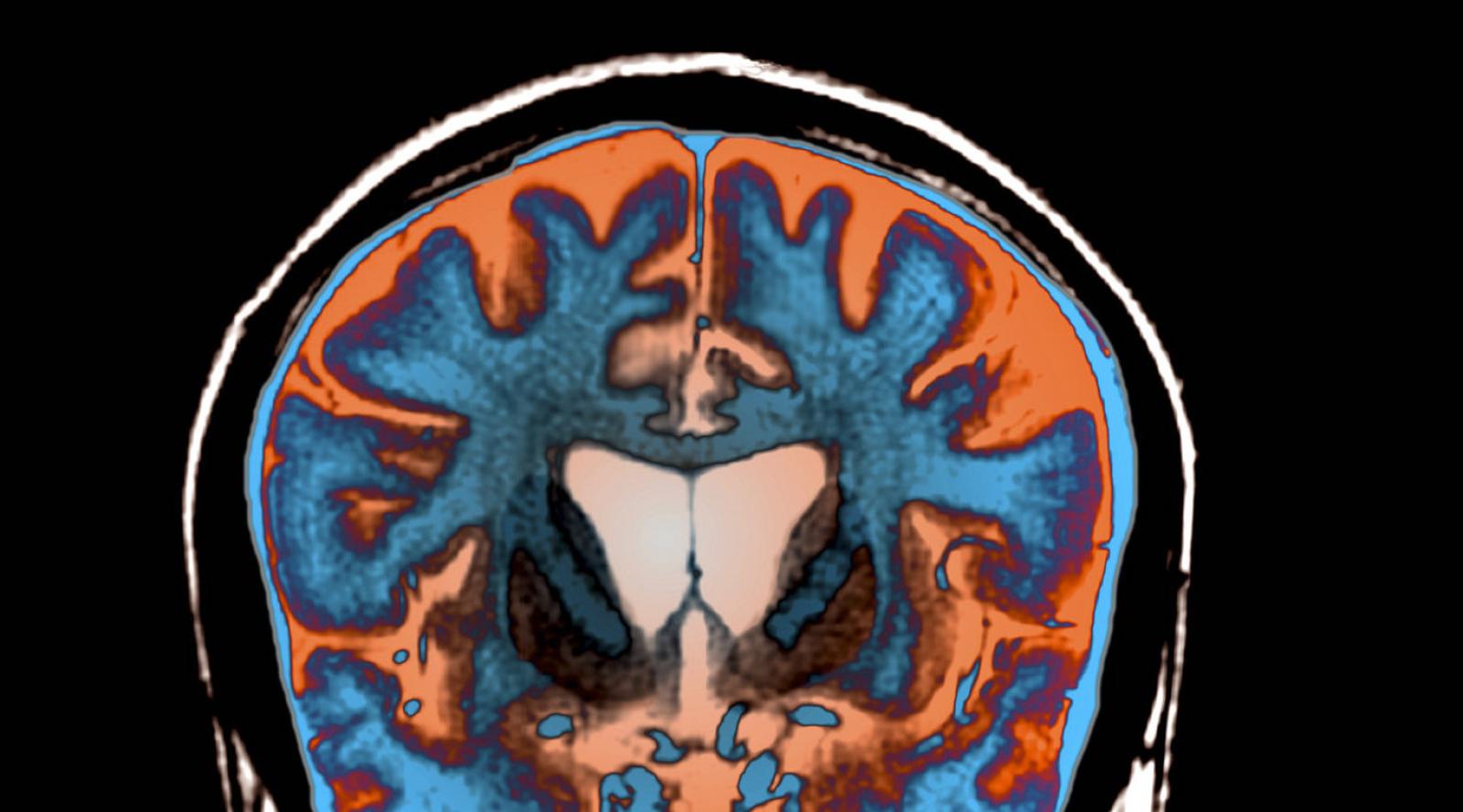On November 27th, Iran, the US and the major European Countries reached an historical agreement on the Iranian nuclear program, the so called Geneva Interim Agreement (officially “Joint Plan of Actions”), even though its effectiveness has yet to be proven. Dealing with nuclear issues, scientists have been and are still called to help: one of the leading “science for peace” conferences, the Pugwash Conferences on Science and World Affairs, already endorsed the agreement and declared itself ready to give efforts. It is commonly known that such forums help political counterparts to path the way to the general political agreements. In this case, since years informal talks among scientists – often “hidden” as technical-scientific debates – helped both sides to keep a dialogue even during the harshest years.
The Pugwash endorsement is very important, being one of the leading international conferences where science diplomacy becomes something real (as confirmed by the Nobel Prize for Peace given to the Conferences in 1995). The series of meetings started in 1957 on the basis of the famous Russel-Einstein manifesto (1955) “which called upon scientists of all political persuasions to assemble to discuss the threat posed to civilization by the advent of thermonuclear weapons”. After the first Conference (held in the Canadian town of Pugwash), the meetings are conducted on two rigid axioms: they have to be formed by few influential persons (about 60 scientists or politicians, called “pugwashites”) and they have to discuss not as representatives of their States but as private individuals. By the way, since 2002 the Secretary General of the Pugwash Conferences is Paolo Cotta-Ramusino, professor of mathematical physics at the University of Milan and member of the Italian National Institute of Nuclear Physics. Anyway, the Pugwash approach to international dialogue has been considered a winning one and followed even during the difficult construction of the Geneva Agreement. This agreement, however, is backed by a long history of defeats.
The Iranian nuclear program began in the '50s under the auspices of US President Eisenhower’s Atom for Peace program. The Atom for Peace program was one of the first tools for American science diplomacy toward Middle Eastern friendly countries. For instance, the first nuclear reactor in Pakistan was built under that program. The Iranian program continued until the Shah was pushed out by the Islamic Revolution, in 1979. This shocking event cut off Iran from all the cooperation agreements on nuclear programs (as for example the EURODIF enrichment facility program with France). Few years later and despite Khomeini's beliefs that mass destruction weapons were against Muslim ethics, the Iranian authorities concluded that the national nuclear program should continue, by promoting the “nuclear technology transfer” in the Esfahan site (ENTEC). Big problems begun when a dissident revealed in 2002 that Iran was building two secret nuclear sites (a uranium enrichment facility in Natanz and a heavy water facility in the Arak site). An attempt to stop the escalation was done under moderate Khatami's government, through Swiss diplomatic channels, but basically this failed because US President Bush refused one condition (the normalization of the diplomatic relations between the two countries). After that, the situation got worse year by year, as Iran refused the visits of the IAEA inspectors and the UN imposed strict economic sanctions to the Islamic Republic.

IMG: Coffee Breaks among scientists at the Sixth Pugwash Conference (1960) (source)
During these difficult years, talks between the parties still continued, in secret ways. And scientists played a crucial role on keeping them alive. In this complex and long-time international crisis, forums such as the UN or IAEA (or Pugwash), where diplomats and scientists of both sides share everyday work relationships, become “sanctuaries” were relevant informations are shared on the personal and informal channels. Those channels are often personified by the scientific diplomats, the personnel in the embassy who is responsible for scientific issues – such as technical topics or general scientific cooperation. I personally spoke with one of these scientific diplomat who worked for a non-European Western country at IAEA. He was a physicists and in friendship with a high political figure of the Iranian establishment (a physicist, too). He confirmed that in IAEA “coffee breaks” were more important than formal meeting: precise (but not detailed) informations on the Iranian nuclear progress were released informally at least every month, while sharing a cup.
This secrecy creates a network of confidence and personal knowledge that helped in ensuring the political decision. As in the Pugwash structure, when formal diplomacy fails, influential decision makers and informality (and common academic background) can help classic diplomatic paths. Once it is clear that informations are shared through scientists, the problem it to bring it to the public or, better, to “justify” it politically. The new Head of the Iranian Government, Rouhani, had the bravery to take this step. “Including” is the way to create peace, as many historical examples can confirm. The Geneva agreement is far away to be a real milestone for the international peace, but actually is the first step toward a normalization of the Us-Iran international relations (and the biggest commercial partners of Iran, first of all Italy, has already taken the opportunity). Hopefully this will not be another defeating agreement, one of those international relations are full of. But at least now scientists can talk openly to each others, not only during the “coffee breaks”.


